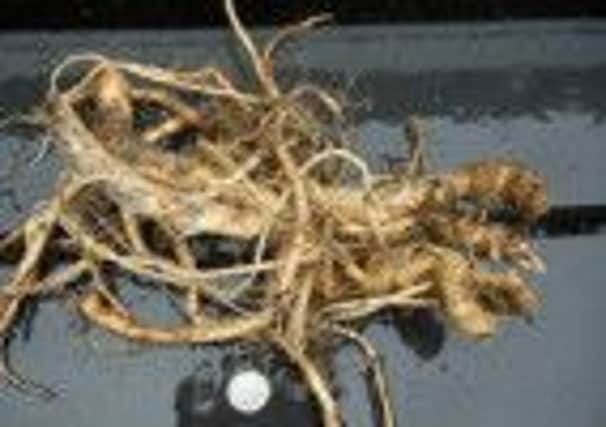Plant is highly toxic to humans and animals, DOE warns


The department issued the advice following the latest suspected poisoning case, when a Newtownabbey woman’s 22-month-old dog died a few days after it’s thought to have come into contact with the toxic plant at Brown’s Bay beach.
A DOE statement said: “Hemlock water dropwort (poison parsnip) is perhaps the most poisonous indigenous plant in Britain and Ireland. This is a native plant, not an invasive species, and it grows mostly in wet meadows along river courses and adjacent to lakes. The roots, which grow in clusters and are long and slim, have the ominous nickname of ‘dead man’s fingers’.
Advertisement
Hide AdAdvertisement
Hide Ad“It is highly toxic to humans and domesticated animals - although the roots are more toxic than the above-ground parts. Ingesting very small quantities can be lethal.
“Dog owners should be aware of the dangers posed by all poisonous plants growing anywhere, but especially along riverbanks and in wet grassland or edges of lakes. Where a freshwater stream dissects a beach and banks have subsided, plant roots may become exposed and washed up on the beach.”
Meanwhile, Larne Borough Council has issued the following advice to dog owners using beaches in the area:
• The public should not pick up items they suspect to be poisonous and instead inform the council.
• Keep dogs on leads.
• Don’t pick up unfamiliar objects off the beach to throw to your dog.
• Owners should bring their own dog toys such as a ball, for their dog to chase.